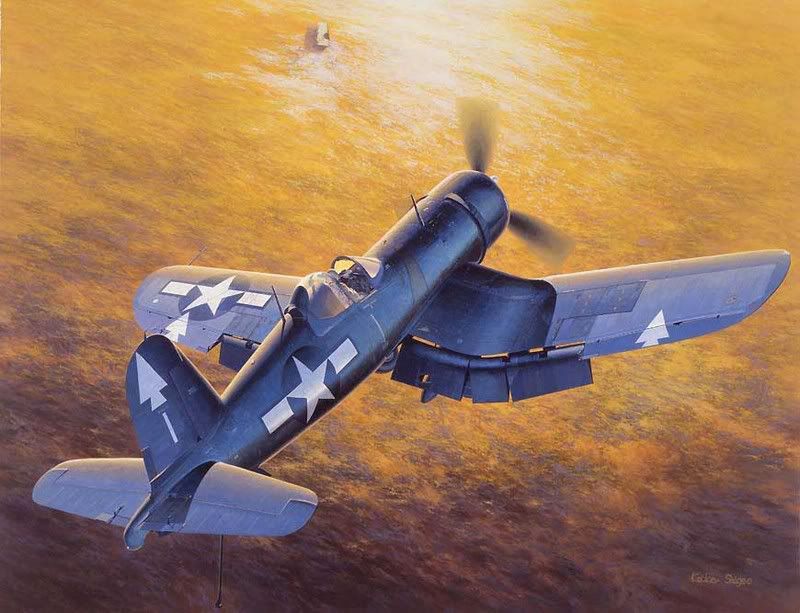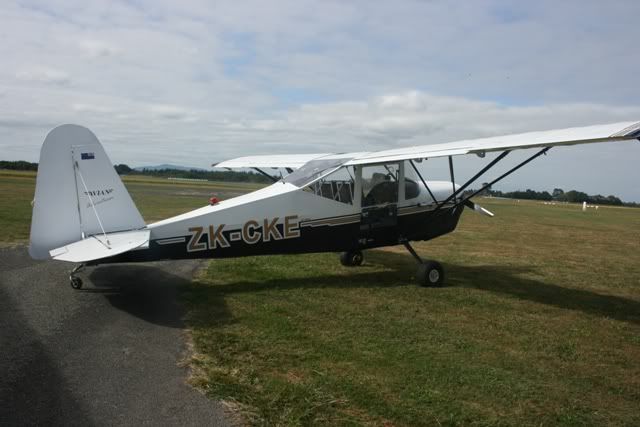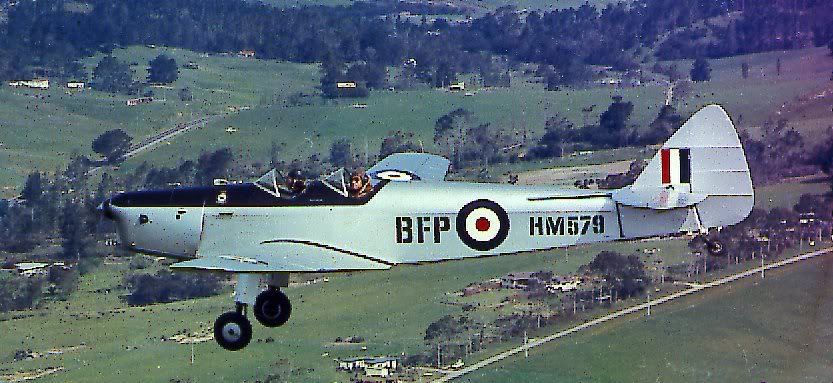Post by flyjoe180 on May 1, 2007 11:42:48 GMT 12
www.stuff.co.nz/4043646a10.html

SYDNEY: Pre-auction controversy didn't stop New Zealand war artist Horace Moore-Jones' famous Gallipoli painting selling for $A100,000 ($NZ113,275) in Sydney last night.
The 33.5x25cm watercolour, titled Simpson and his Donkey, was the feature piece of a collection of 140 war paintings and sketches offered by auctioneers Lawson Menzies.
The auctioneers earlier reported intense interest from New Zealand. It sold to an anonymous telephone bidder.
Moore-Jones' painting depicts a man leading a donkey carrying a badly wounded soldier along a treacherous hillside track and was expected to sell for between $A30,000-50,000.
Moore-Jones painted the watercolour in New Zealand in 1920 from a photograph taken during the Gallipoli landing by New Zealand and Australian troops in 1915.
Disputes over whether the painting was an original, and whether the heroic medic was actually the celebrated Australian Field Ambulance officer John Simpson Kirkpatrick, surrounded the lead-up to the auction.
Art historians claim up to six versions were painted by Moore-Jones after World War 1.
One is housed at the Auckland War Memorial Museum, on permanent loan from the former Commercial Travellers' Club, whose members claimed this month theirs was the original and was purchased from Moore-Jones' widow in 1926.
Lawson Menzies art department head Caroline Cooper said theirs, signed by Moore-Jones and dated 1920, was "one of several versions". Some were painted as early as 1917.
New Zealand historians also claimed the man leading the injured soldier was actually New Zealand Field Ambulance medic Dick Henderson, who replaced Kirkpatrick after he was killed by enemy fire in 1915.
It led Lawson Menzies to draft a notice to bidders warning it may not be Kirkpatrick in the painting.
"Different historians have different views, and we will probably never know because the artist is dead," Cooper said.
Moore-Jones died in 1922 from injuries sustained when he tried to rescue people from a fire in the Hamilton Hotel where he was staying.
The painting was described by Lawson Menzies chief executive Martin Farrah as "a very famous image by a highly-regarded war artist".
In all, the Moore Jones painting cost the successful bidder $A120,000, ($NZ135,900) with the auctioneers' 20 per cent fee added on.
New Zealand artists' works were among the most sought-after at the auction.
Official WW1 artist George Butler's two pastel and watercolour images of the destruction caused by a massive mine explosion by New Zealand, Australian and British troops at Messines in 1917 each sold for $A16,000 ($NZ18,125) to a telephone bidder.
Another popular work was John McIndoe's portrait of Sir Bernard Freyberg at his post as commander of the 2nd NZEF during WW2, which sold for $A17,000, ($NZ19,255) also to a telephone bidder.

SYDNEY: Pre-auction controversy didn't stop New Zealand war artist Horace Moore-Jones' famous Gallipoli painting selling for $A100,000 ($NZ113,275) in Sydney last night.
The 33.5x25cm watercolour, titled Simpson and his Donkey, was the feature piece of a collection of 140 war paintings and sketches offered by auctioneers Lawson Menzies.
The auctioneers earlier reported intense interest from New Zealand. It sold to an anonymous telephone bidder.
Moore-Jones' painting depicts a man leading a donkey carrying a badly wounded soldier along a treacherous hillside track and was expected to sell for between $A30,000-50,000.
Moore-Jones painted the watercolour in New Zealand in 1920 from a photograph taken during the Gallipoli landing by New Zealand and Australian troops in 1915.
Disputes over whether the painting was an original, and whether the heroic medic was actually the celebrated Australian Field Ambulance officer John Simpson Kirkpatrick, surrounded the lead-up to the auction.
Art historians claim up to six versions were painted by Moore-Jones after World War 1.
One is housed at the Auckland War Memorial Museum, on permanent loan from the former Commercial Travellers' Club, whose members claimed this month theirs was the original and was purchased from Moore-Jones' widow in 1926.
Lawson Menzies art department head Caroline Cooper said theirs, signed by Moore-Jones and dated 1920, was "one of several versions". Some were painted as early as 1917.
New Zealand historians also claimed the man leading the injured soldier was actually New Zealand Field Ambulance medic Dick Henderson, who replaced Kirkpatrick after he was killed by enemy fire in 1915.
It led Lawson Menzies to draft a notice to bidders warning it may not be Kirkpatrick in the painting.
"Different historians have different views, and we will probably never know because the artist is dead," Cooper said.
Moore-Jones died in 1922 from injuries sustained when he tried to rescue people from a fire in the Hamilton Hotel where he was staying.
The painting was described by Lawson Menzies chief executive Martin Farrah as "a very famous image by a highly-regarded war artist".
In all, the Moore Jones painting cost the successful bidder $A120,000, ($NZ135,900) with the auctioneers' 20 per cent fee added on.
New Zealand artists' works were among the most sought-after at the auction.
Official WW1 artist George Butler's two pastel and watercolour images of the destruction caused by a massive mine explosion by New Zealand, Australian and British troops at Messines in 1917 each sold for $A16,000 ($NZ18,125) to a telephone bidder.
Another popular work was John McIndoe's portrait of Sir Bernard Freyberg at his post as commander of the 2nd NZEF during WW2, which sold for $A17,000, ($NZ19,255) also to a telephone bidder.









